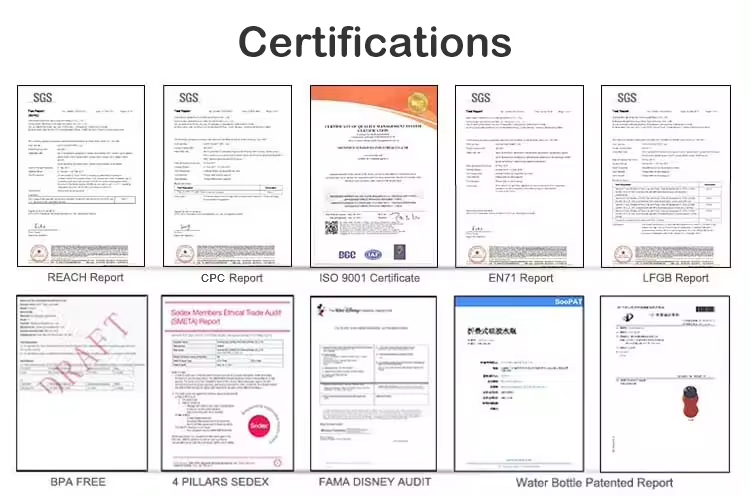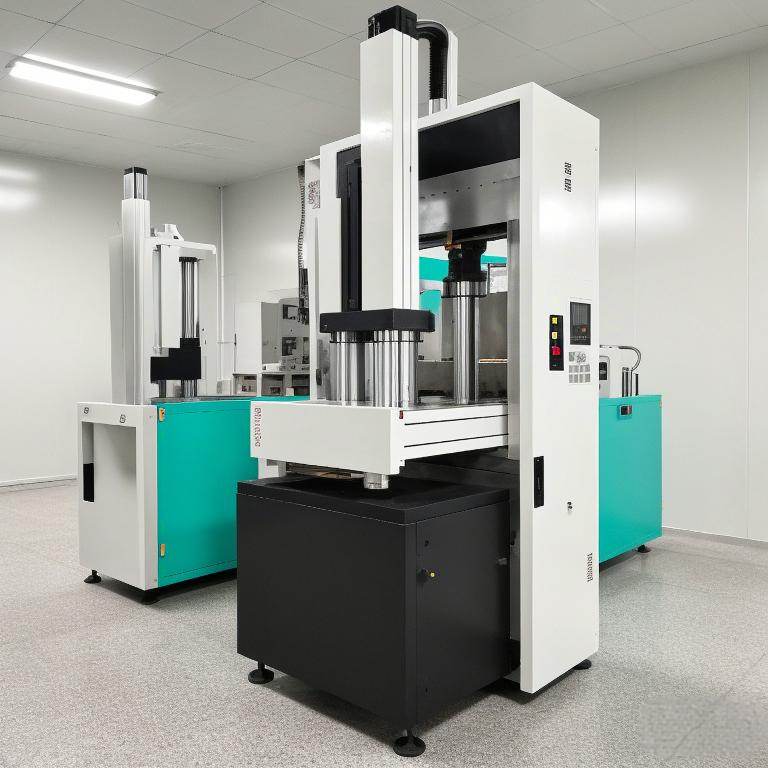In the manufacturing arena of the 21st century, silicone, as a multi-functional, high-performance material, is ubiquitous, from precision electronic component packaging to daily life kitchenware products, the popularity of silicone products witnessed the rapid development of materials science. With the continuous development of the global industrial environment, the silicone industry has entered a new era full of opportunities and thorns. 2024, a seemingly mundane year for the silicone industry, heralds a series of complex and profound changes that will require companies in the industry to demonstrate unprecedented adaptability and innovation.
![]()
![]()
- Raw Material Price Fluctuations of Silicone Products
Silicone production depends on silicon raw materials, global economic volatility, supply chain instability or any change in the origin of raw materials may lead to fluctuations in the price of raw materials, increasing the cost of production, and affecting profit margins. - Uncertainty in the International Trade Environment
Although imports of silicone molds have declined, reflecting the domestic production capacity to improve, the uncertainty of the global trade environment (such as tariff policies, and trade friction) may still have an impact on the industry’s exports, especially for those companies that are highly dependent on the international market. - Environmental Protection and Sustainability Requirements
With the global awareness of environmental protection increased the silicone industry needs to deal with more stringent environmental regulations and consumer preference for sustainable products. This requires companies to improve production processes to reduce environmental pollution while developing biodegradable or environmentally friendly silicone products. JEWELIVES silicone products through several domestic and international environmental protection certifications, including RoHS, PAHs, REACH, FDA/LFGB, can be assured that procurement.

- Technological Innovations in Silicone Products
To meet the demand for high-performance, multi-functional silicone in various industries, companies must continue to carry out technological research development and innovation. This includes improving product temperature resistance, mechanical properties, transparency, etc., but also needs to pay attention to the improvement of production efficiency and the application of automation, and intelligent manufacturing technology. JEWELIVES’s latest research and development of this silicone wine glass, both environmental protection, fashionable, portable features, high strength is not easy to deform, high transmittance, widely acclaimed by the market. - The Threat of Alternative Materials
With the progress of materials science, there may be new materials on the traditional silicone product substitution threat, forcing the silicone industry to continue to prove the unique value of its products and irreplaceable. - The Global Economic Situation
The overall health of the global economy will affect the demand for silicone products, especially in the construction, automotive, electronics, and other industries where silicone is widely used, the economic slowdown may reduce the demand for silicone.In conclusion, the silicone industry is likely to face multiple challenges in 2024, which need to be addressed through technological innovation, market diversification, cost control, and compliance.


